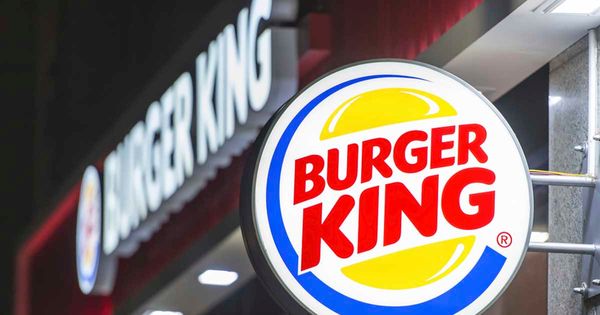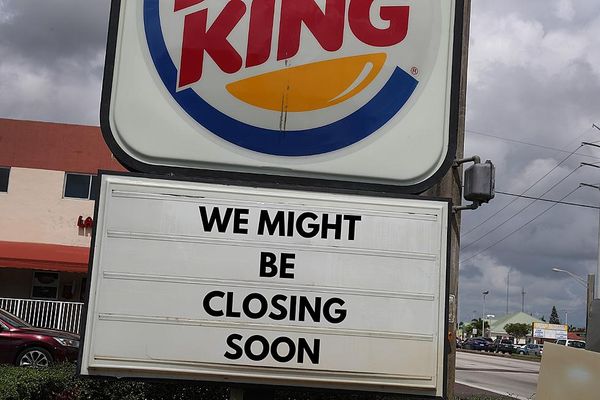Burger King, the renowned fast-food chain, is taking a fresh approach to its operations as it embarks on a transformative journey. In 2021, the fast-food giant underwent a major transformation by changing its logo, adopting a design reminiscent of the 1970s, 80s, and 90s.

Designer Lisa Smith, speaking of the re-branding, explained, “We were inspired by its iconic place in culture – from classics like Back to the Future and Gremlins to more recent hits like Stranger Things and BK’s Warhol campaign. The new logo pays homage to the brand’s heritage with a confident, simple, and fun design.”
In a bid to stay competitive, Burger King has made the tough decision to close between 300 and 400 underperforming restaurants. Since March 2023, 124 locations have already shuttered, leaving 6,964 restaurants across the country. Despite losing its second position to Wendy’s, Burger King remains the third-largest fast-food restaurant in the US, with McDonald’s reigning supreme.

Chairman Patrick Doyle emphasizes the importance of dedicated and enthusiastic franchisees, stating, “There simply is no room for franchisees who are not willing or able to work hard to operate restaurants that are better than the system average over the long term.” The company aims to focus on closing the least profitable stores and enhancing its turnaround plan to boost sales and combat competition.
To solidify its position in the fast-food industry, Burger King launched the ambitious “Reclaim the Flame” re-branding campaign in 2022, investing a whopping $400 million. This campaign includes restaurant renovations, advertising efforts, streamlined menu options, and more. The company places great emphasis on modernization, implementing technological advancements, kitchen upgrades, and physical renovations, all aimed at providing customers with the ultimate dining experience.
Burger King remains committed to keeping up with evolving consumer preferences as it strives to maintain its iconic standing in the fast-food realm.



